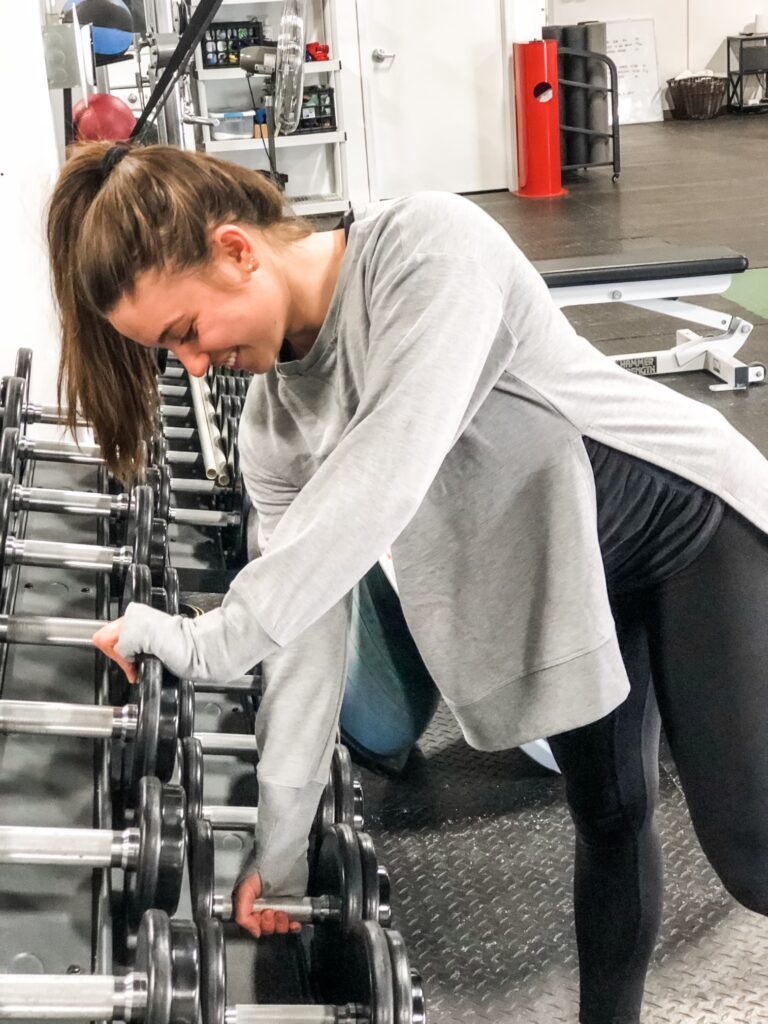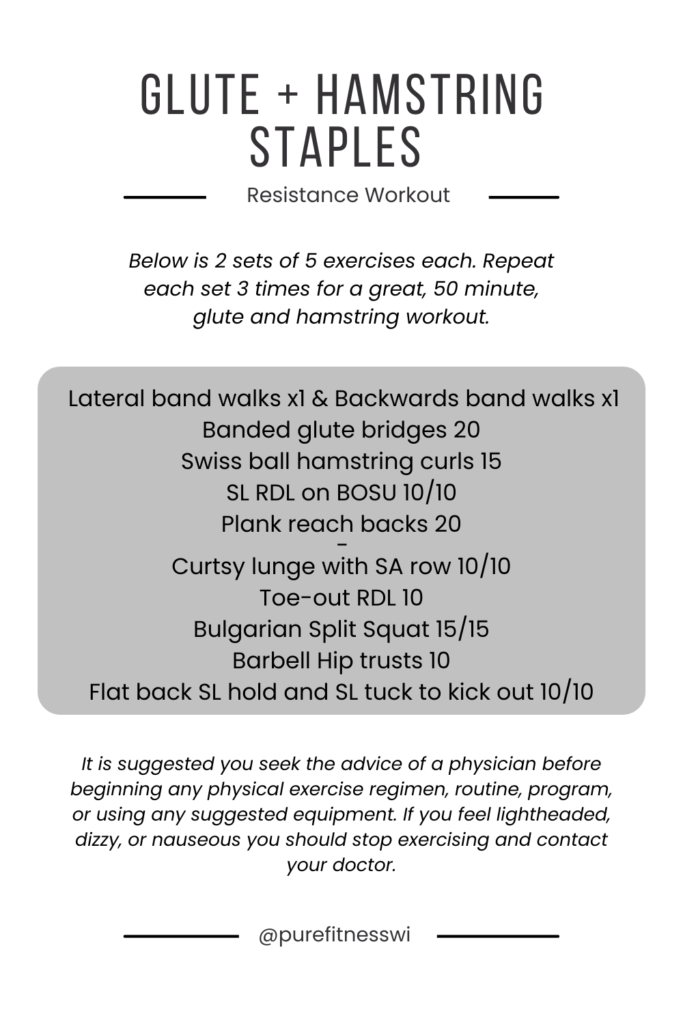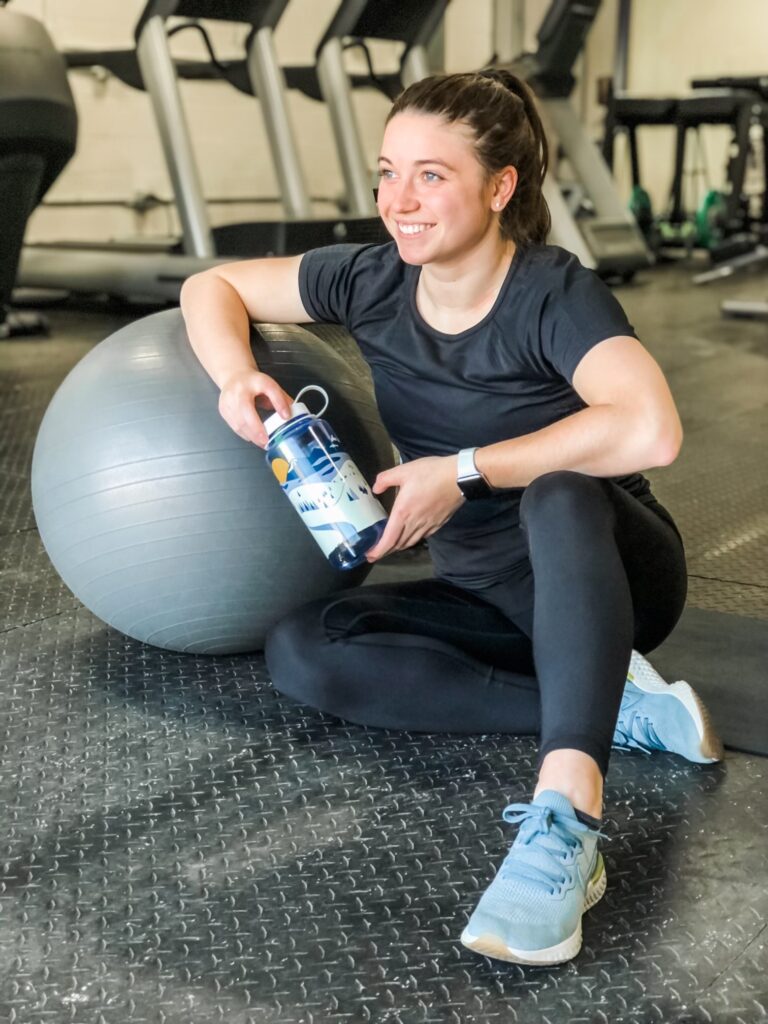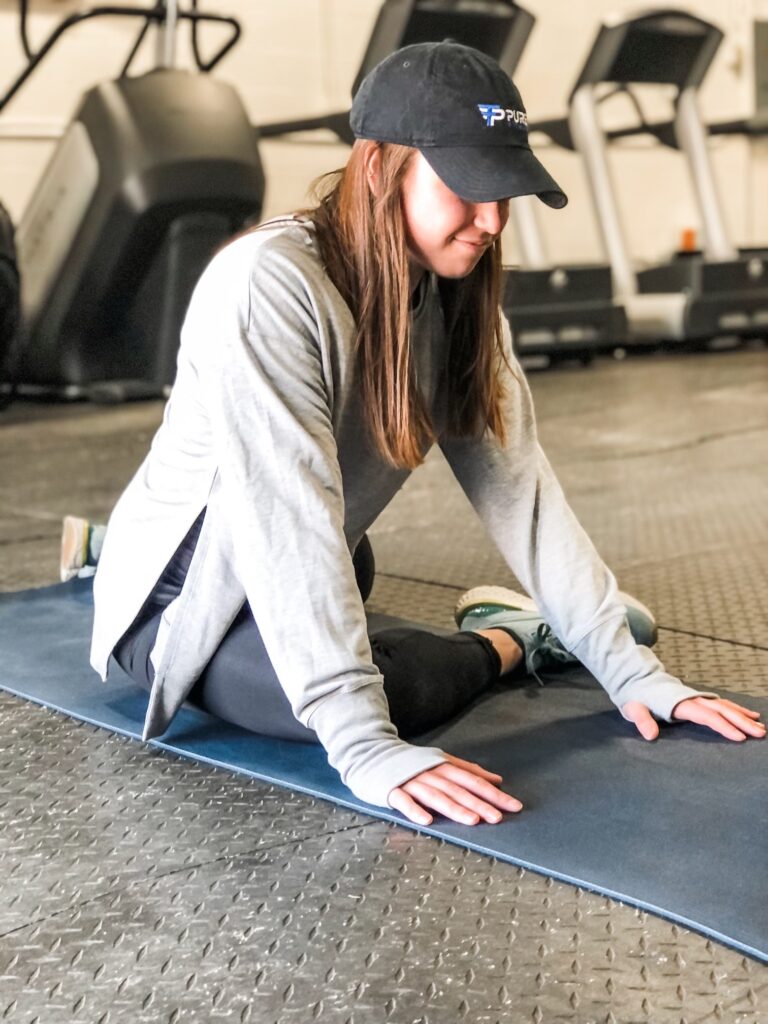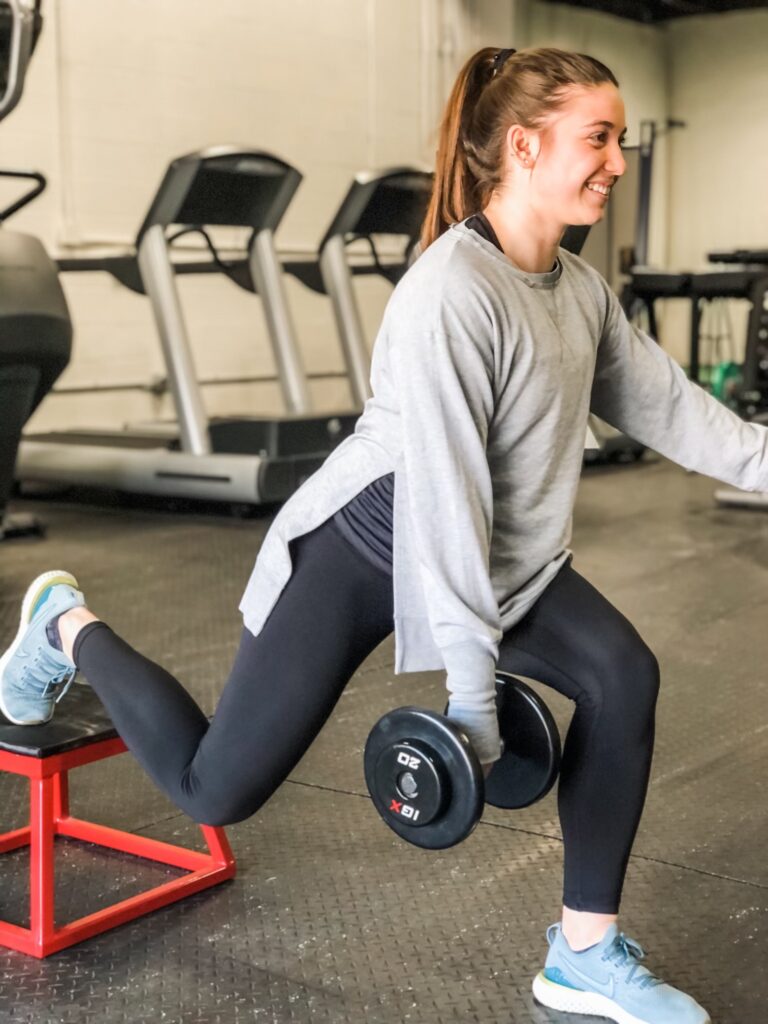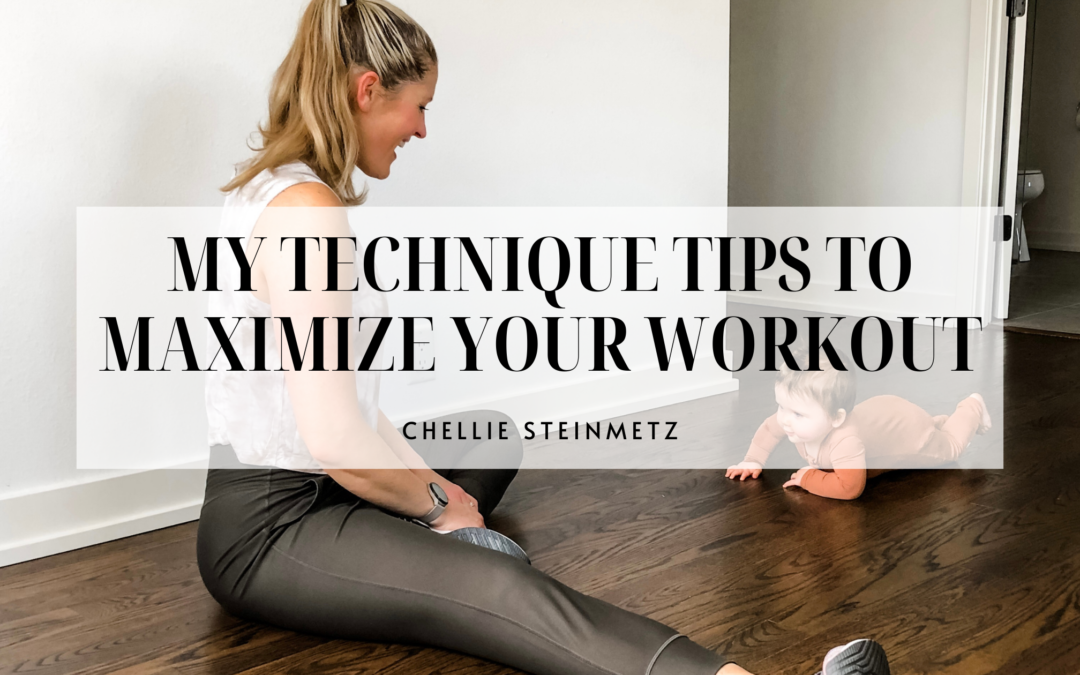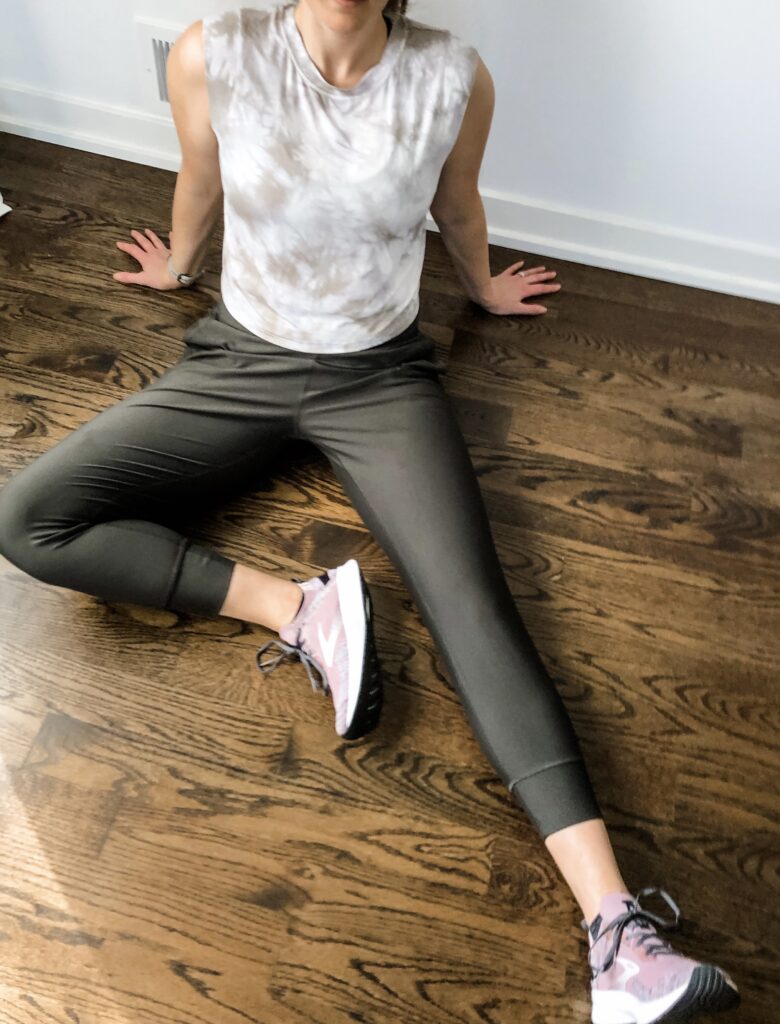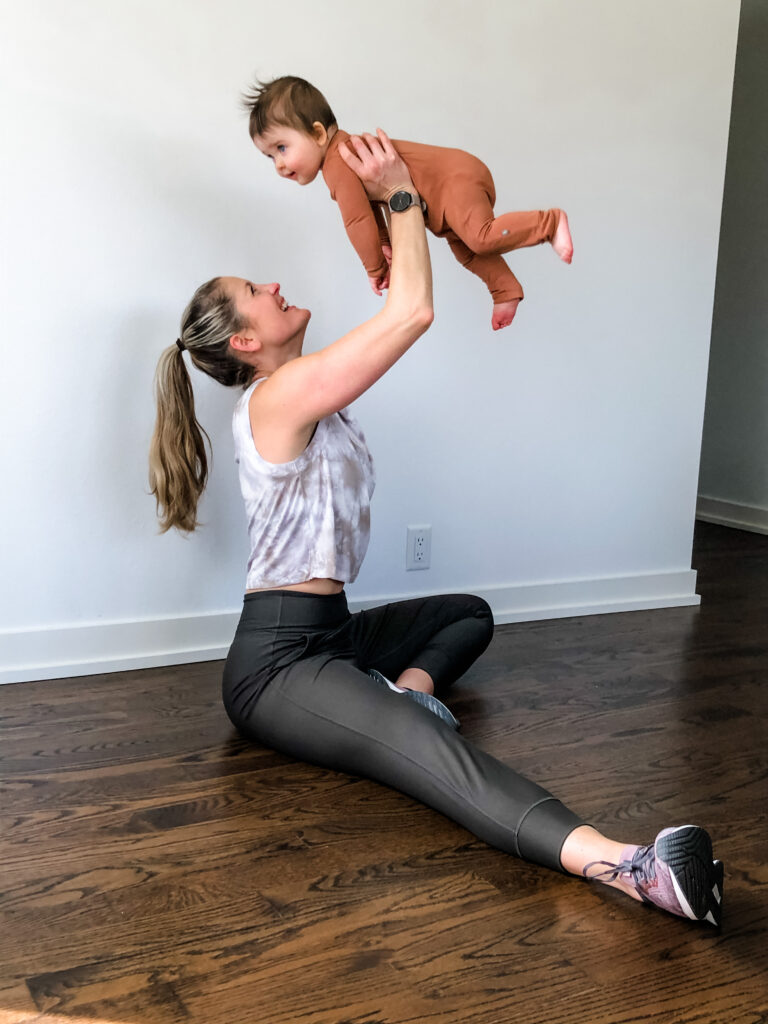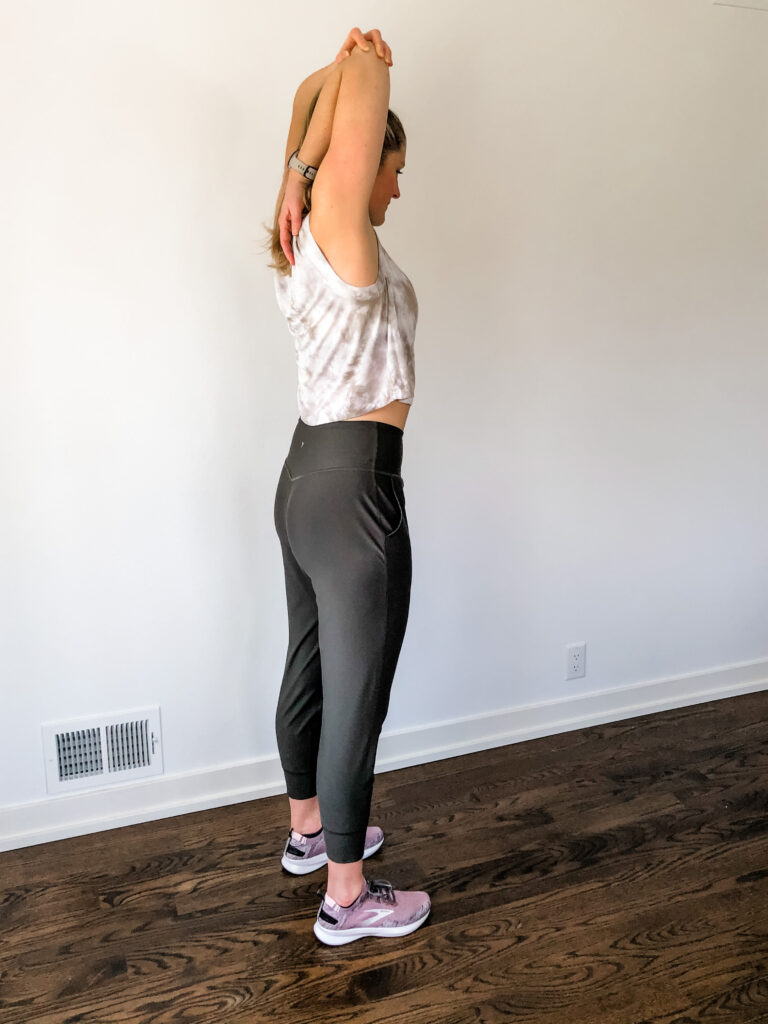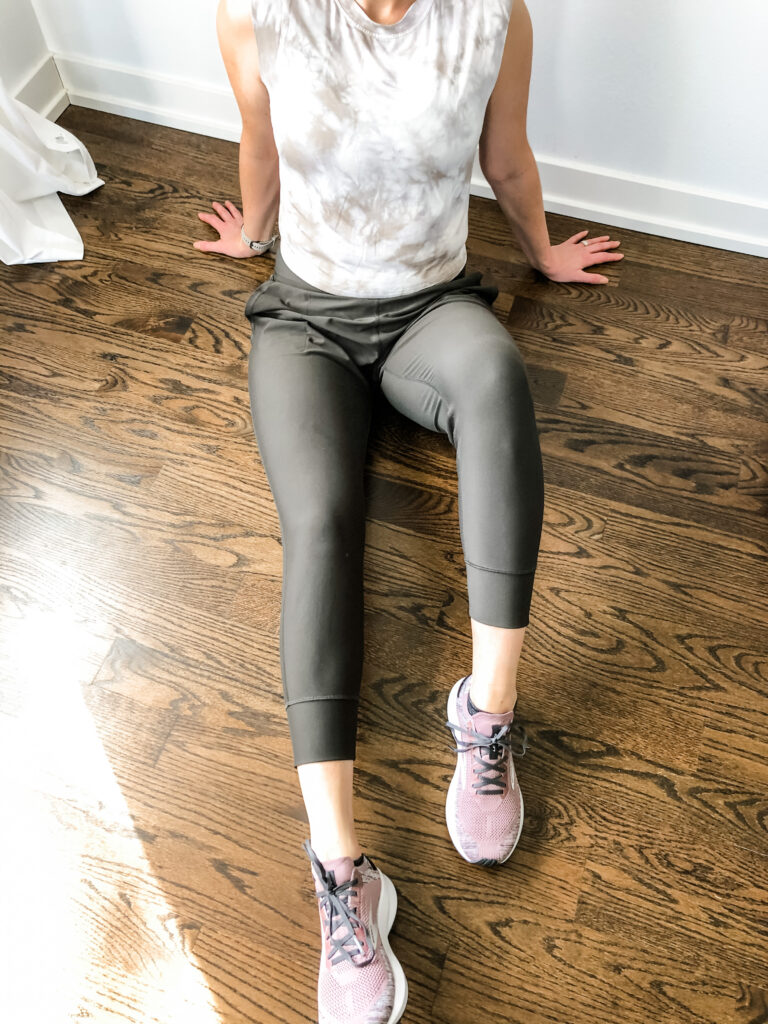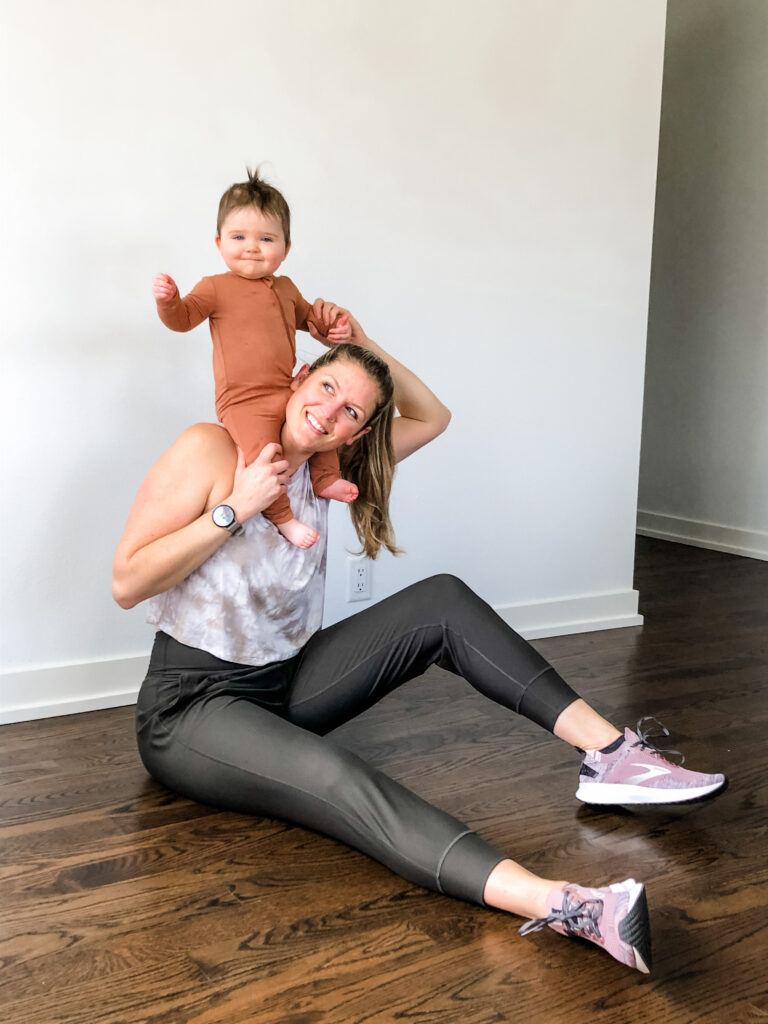The fitness industry is a growing and exciting area right now. Personal training, specifically boutique fitness, is a creative, flexible, and in-demand space that grows annually. It is also one that struggles to retain personal trainers due to multifaceted job...
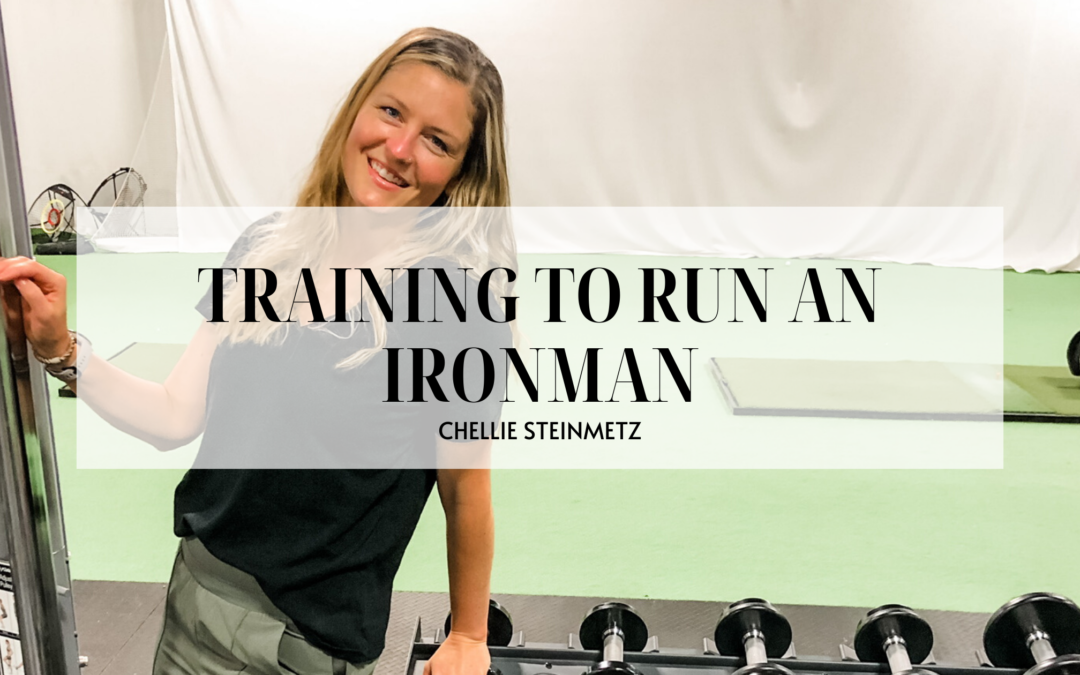
How to Use Interval Training for A Successful IronMan Run
Let’s talk about running.
I have a tumultuous history with running. Maybe a better way to say it is that I have a love-hate relationship with running. So the fact that running is the last event in an IronMan is mind-bending for me.
It isn’t that I literally hate running, but that what I want and what I feel are totally different. I want to be a good runner – technique, abilities, attitude.
But what I feel like is a baby deer just learning to walk, mixed with the most negative person you have ever met. The self-talk in my head would make a psychologist blush.
For YEARS I tried to change all of this. I tried to give myself pep-talks and memorize mantras. I gobbled up information everywhere I could on running technique and training programs.
My first IronMan training partner, Jocelyn, did the entire race with a smile on her face. This is not an exaggeration. She’s a type seven and if you know the Enneagram personality test then you know that makes perfect sense.
I would train with Jocelyn and think that’s how I need to be. If I could just be that happy, I would love running and turn into a better runner. Five years later I still don’t smile and still admire the hell out of Jocelyn.
RUNNING AN IRONMAN
Here is what I know. No matter what you do to prepare for an Ironman you will be running on tired legs.
No matter what.
I’m going to pause here and let that sink in. I really want you to think it over.
Cue jeopardy song.
I think accepting that is part of success. Because if any piece of your mind is holding on to the idea that your legs will feel great. You are setting yourself up for failure.
Just remember what you have to do before you run a marathon. Swim 2.4 miles and then bike 112 miles.
This is not to say you don’t train with the determination, intensity and discipline that could lead you to the hypothetical land of fresh running legs.
You absolutely do. And then you forget that possibility before race day.
IRONMAN RACE DAY GOALS
I have one goal for this race. And I think most people should only have 1.
Run the entire marathon.
No time limit. Not anything. Just stay running.
So how do I do that? Well “run the entire marathon” is kind of like an umbrella statement. There are many factors that will influence my success. But the good news for me and anyone else training, they are all connected.
First, you need a strong training program that is tailored to YOU. That means your strengths, weaknesses, accommodations and goals. This program should cover injury prevention, strength training, endurance training, recovery and nutrition.
Let me be clear here. THIS PROGRAM WILL LIKELY NOT COME FROM ONE PERSON.
I take care of most of the strength training, endurance training, injury prevention and recovery. That is right in my wheelhouse as an educated personal trainer.
BUT I do use a physical therapist to help me stay on track. Lucky for me my training partner is a physical therapist. She helps to combat the wear and tear that training takes on my body. And she is another voice of science to discuss alternate approaches to training and recovery. (Psst – she has an IronMan blog too!)
And you may find a sport specific coach that can really help you with an area of weakness. For example, a swimming coach or a swim class for a girl (I’m talking about myself) who likes to zigzag through the water making it infinitely more difficult.
Second, I would suggest finding a sports dietician that specializes or has extensive experience in working with IronMan triathletes. During my first and second IM I experienced crippling cramping and digestive issues. And in my second one I was given the pleasure to vomit numerous times.
Between your trainer and dietician you should have a very strong and clear race day plan.
That leaves the last piece. Mental strength.
For me, this is the most important. To stay running when the temptation to walk is so close and so easy will be close to torture. Mental strength and belief in myself and my training will be a key factor.
INTERVAL TRAINING FOR A SUCCESSFUL IRONMAN RUN
Since I am doing my own programming (as I mentioned above) I want to share with you exactly how and why I am training. If you read Training for an IronMan as A New Mom with less time in 2021, then you already know. I’m going against the standard and embracing the science.
In past training programs I had spent an average of 17 hours a week training. That means some weeks were closer to 11 hours and others were closer to 25. That is no longer my approach.
This time I am going to be relying on interval training to prepare me for my IronMan. I will be doing 3-5 interval workouts a week between swim, bike and run. These shorter duration, higher intensity interval workouts will be in place of longer workouts that were used to prepare my body for an IronMan in the past.
I am making the switch because ultimately I am chasing a physical adaptation. And through the years I think we have lost track of the adaptation. The norm in the IronMan triathlon community is long grueling workouts that challenge your mind and body.
I think we have compared our training to the training of pros. And that is simply not fair. We don’t have the time or the resources to handle that type of training.
Interval training is a way to achieve the physical adaptation with less time.
HOW TO USE INTERVAL TRAINING FOR A SUCCESSFUL IRONMAN RUN
It is important to know how interval training works in order to use it. And the truth is that most people don’t know how to use it.
The number one physiological adaptation you are looking for when using interval training is increasing your lactate threshold. The higher threshold you have, theoretically, you should be able to operate at a lower percentage for a longer period of time.
Long runs won’t challenge your lactate threshold as significantly. And I believe in running slow and carefree on my long runs. That brings me joy, reduces the risk of injury and let’s me relieve the stresses of life.
LACTATE THRESHOLD
The key to making a physiological adaptation is that you have to actually tax the body. You have to push yourself to be uncomfortable and challenge your lactate threshold.
I bet some of you are wondering, how do I measure my lactate threshold? Well short of having a lab and doing blood work, you can’t really. However, you can use two different methods on your own right now.
METHOD 1 – PERSONAL RATE OF PERCEIVED EXERTION (RPE)
With this method you are deciding how hard to push. And you alone will guarantee your success or failure. Ok, that’s a little dramatic, but true. If you don’t like to push yourself to where your legs feel like they can’t run anymore, and repeat that several times, then the RPE scale probably isn’t for you.
Here is how I explain it to clients. Hop on the treadmill and run at whatever pace you think will be challenging for 1 minute. Then walk for 1 minute. If that was easy, go faster on the next interval. That is RPE action.
METHOD 2 – PERSONAL BEST SCALE
The personal best scale is the concept of today in this moment, running your fastest 1 mile. Then scaling your interval speeds based off of that time. If you can run a 7 minute mile. Your intervals should be faster than a 7 minute speed.
If you never actually push yourself to your lactate threshold, or that feeling of where you can’t run anymore, then you can’t challenge your body enough to make the physiological adaptation.
Will intervals still help, sure. But I am all about efficiency. If I can get more out of my 20-30 minute interval workout then you better bet your bottom dollar I will.
And if you want to hear a little about how I IronMan Strength Train for the Swim then read this article. Hint: I can’t get in the pool as often as I want, so this is my solution.
VARIABLES FOR INTERVAL TRAINING
As just a small side point here I want to mention that there is more than just speed as a variable for interval training. You can also manipulate incline and duration to challenge your lactate threshold.
Take myself for example. In my training post pregnancy, I had to use all of the variables to keep challenging my lactate threshold as pain or challenges arose. I went from 1 minute intervals up to 4 minute intervals. Then back to 1 minute at a faster pace as my pelvic floor strength and endurance improved. Now, I am using hills as a variable to push my lactate threshold as opposed to speed or duration.
For those that don’t know, your pelvic floor gets destroyed during pregnancy. Running and especially sprinting requires a strong pelvic floor in order to stabilize on contact and push-off. Without a strong, stable pelvic floor many women pee themselves or work themselves right into chronic pain or injury.
MY CURRENT INTERVAL TRAINING PLAN
 I wish I could write down exactly what I do every day for the entire month. But you will have to follow me @chelliedg and @purefitnesswi on Instagram to get the play by play.
I wish I could write down exactly what I do every day for the entire month. But you will have to follow me @chelliedg and @purefitnesswi on Instagram to get the play by play.
The fact is that I change my intervals week-to-week. I respond to my body and the pace at which it is changing. It is how I get the most out of my training plan. So check us out on Instagram and see exactly what I am doing. Then you can try the workouts for yourself.
Here is my workout from today:
- Lateral Band Walks 20/20
- Back Squat 10
- Bulgarian Split Squat 15/15
- BOSU SL RDL 10/10
- Seated Cable Row 10
- Hill Sprint 2 minutes
- Speed 7.5 incline of 2%, 3%, 4%, 5%, 6%
Check out this other blog of mine to see the best exercises for running healthy and faster.
Improve the Work Life Balance of a Trainer
Gnocchi and Sausage with Dijon Mustard Recipe
This recipe was a surprise hit and too good not to share! I think it is a great winter or fall recipe - warm, hearty and packed with flavor. Oh and this dressing/sauce goes great on a lot of dishes. Without further-a-do here is my gnocchi and sausage with dijon...
Easy Shrimp Pad Thai Recipe
I am definitely a salty savory kind of lady and so is my family. Which is why this recipe is in regular rotation in my house. The ingredients can be somewhat flexible, it doesn't take long and the leftovers are delicious. Introducing a truly easy shrimp pad Thai...



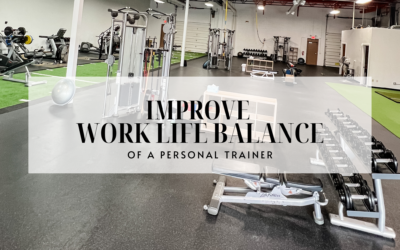






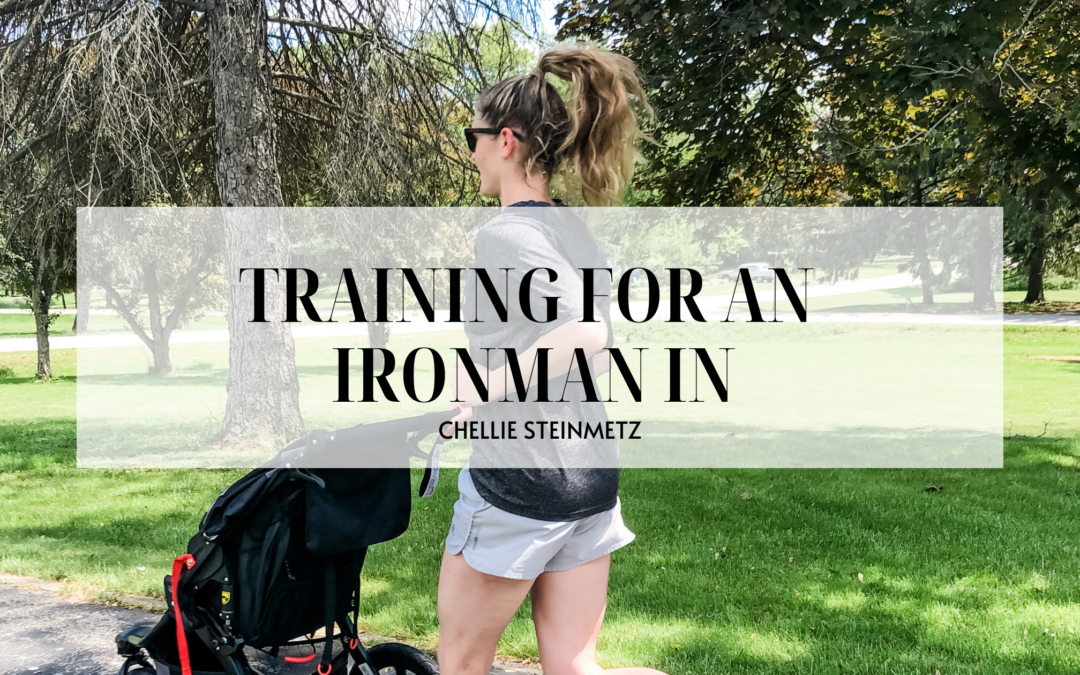
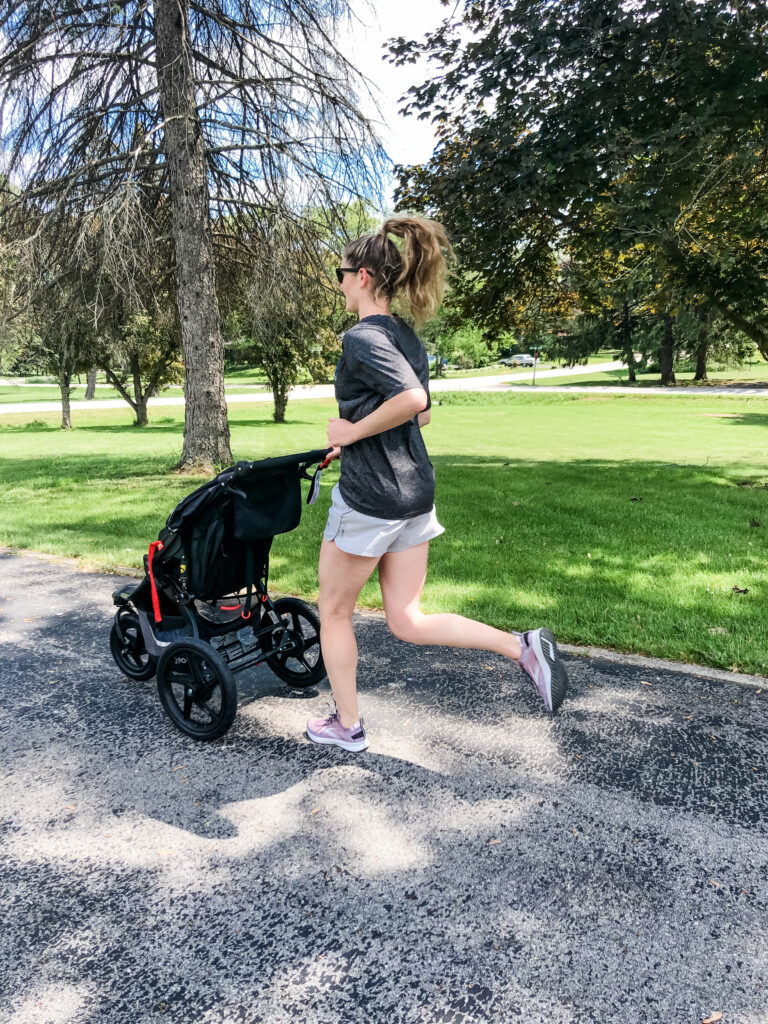 Alright, here is what we are looking at.
Alright, here is what we are looking at.





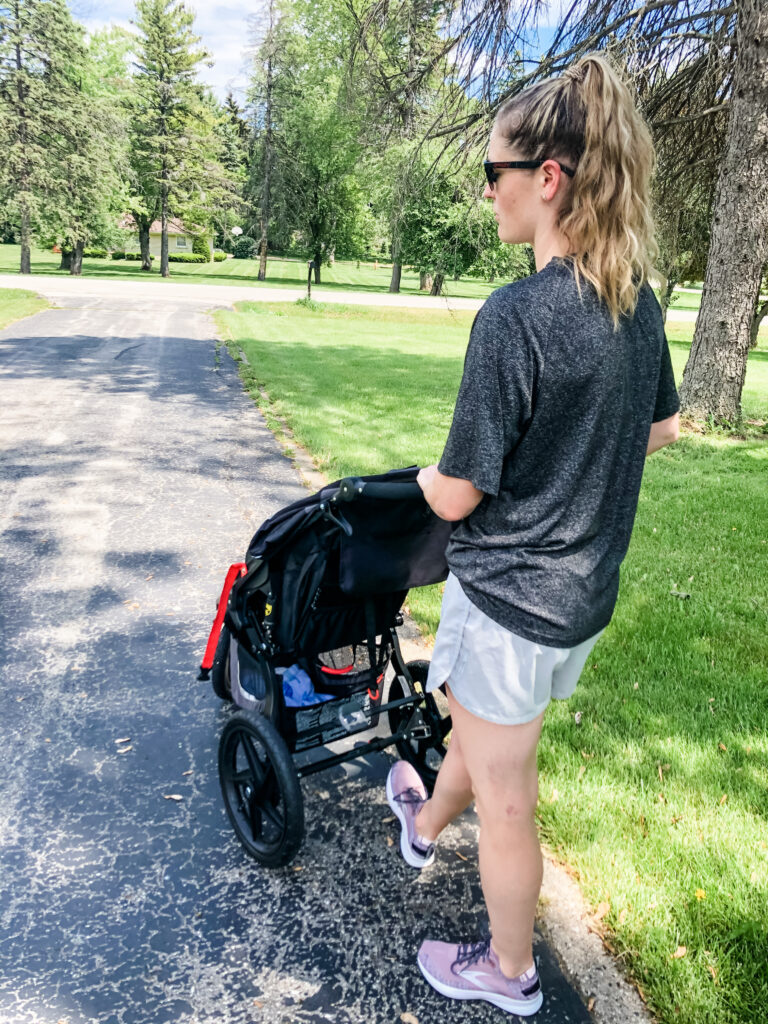
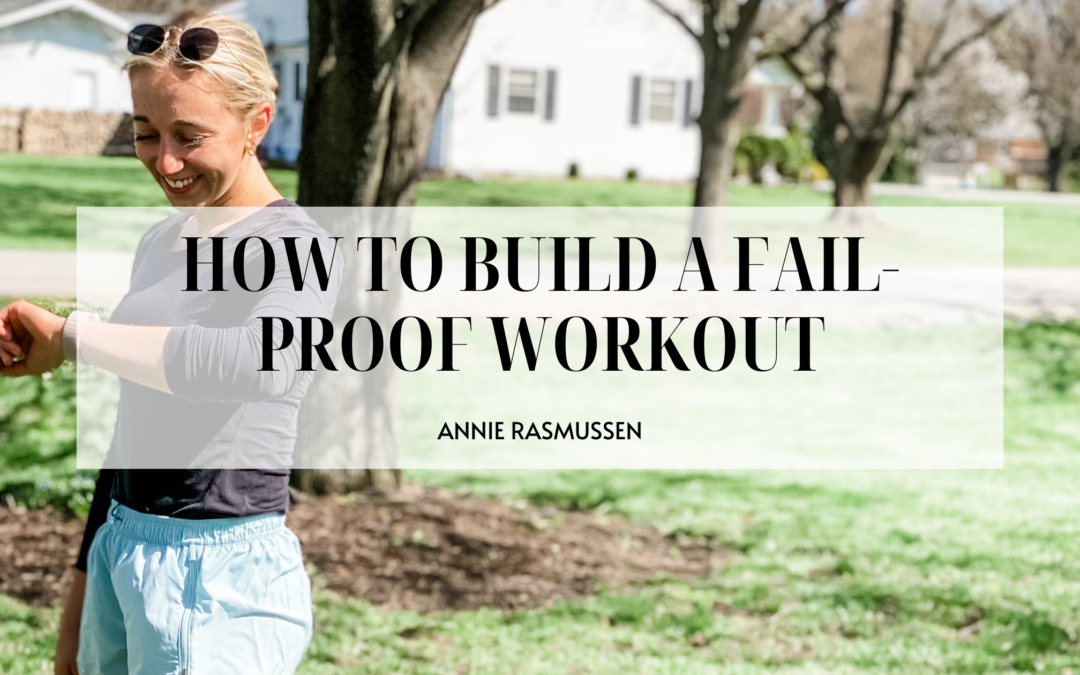
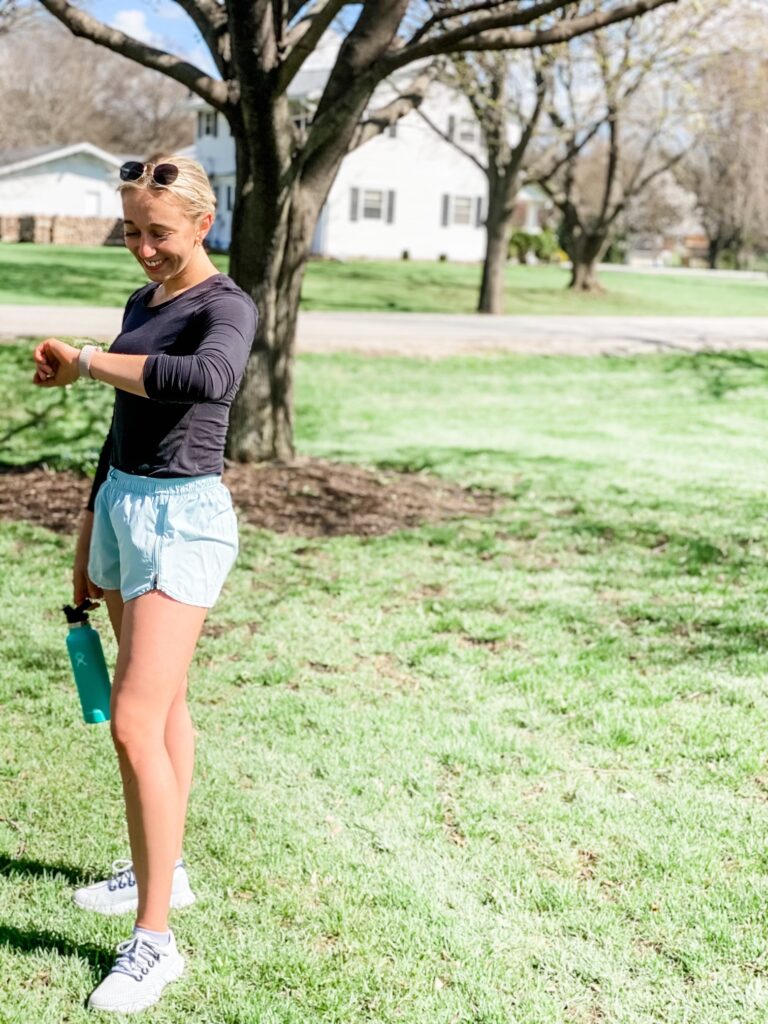
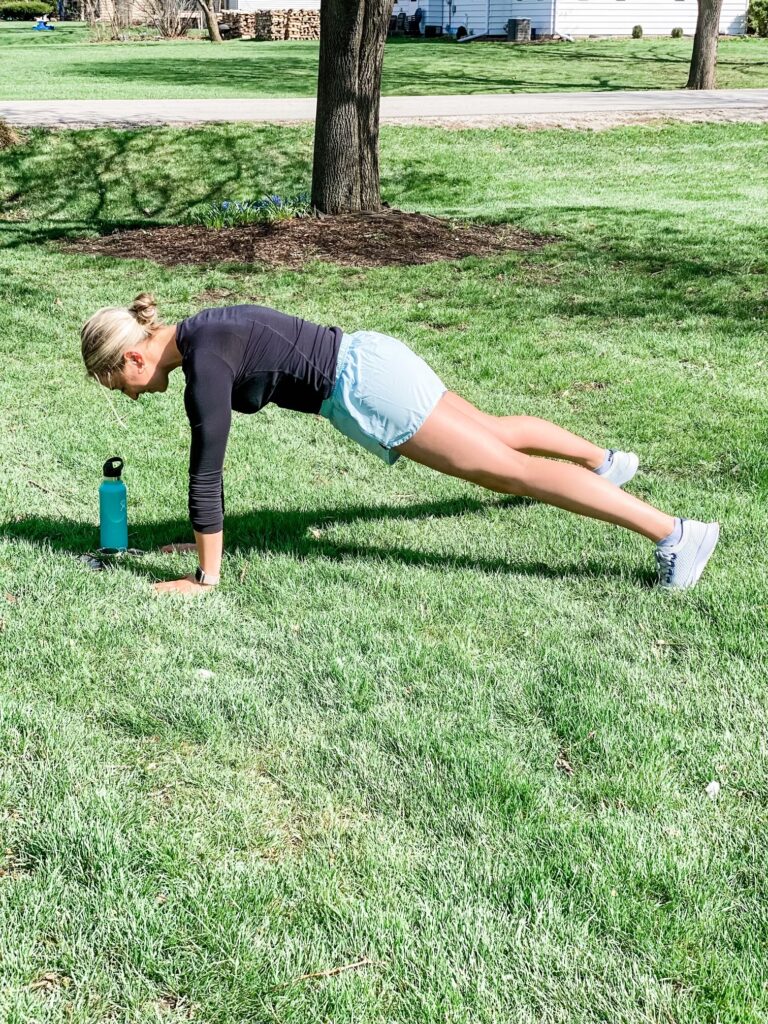
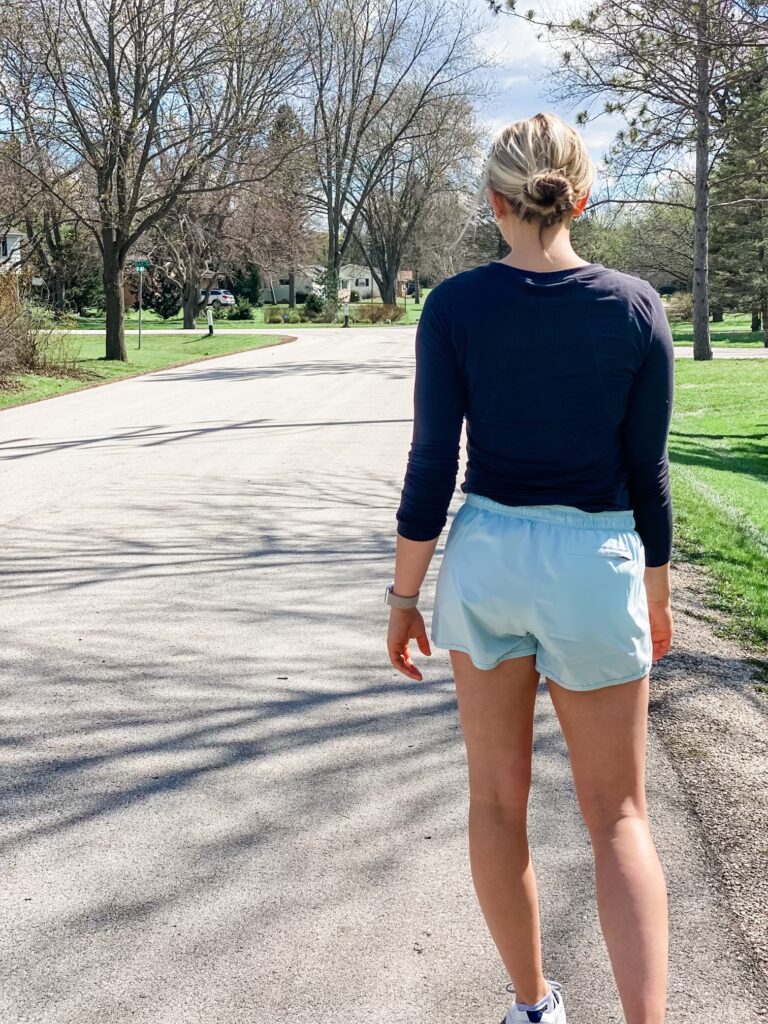
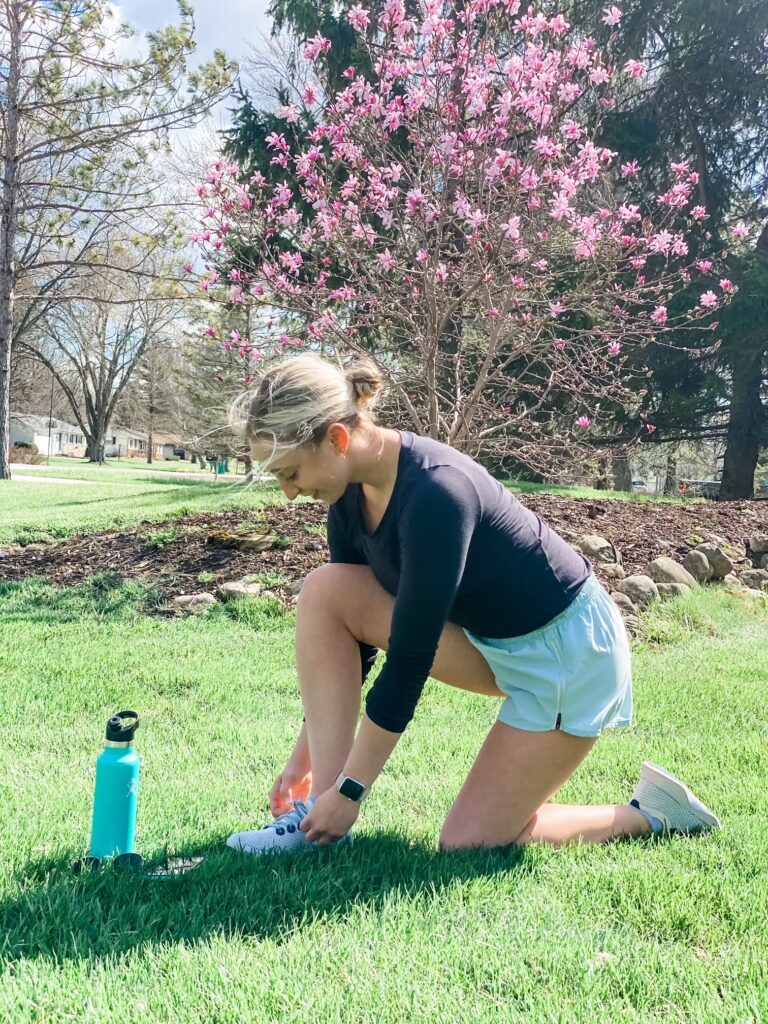
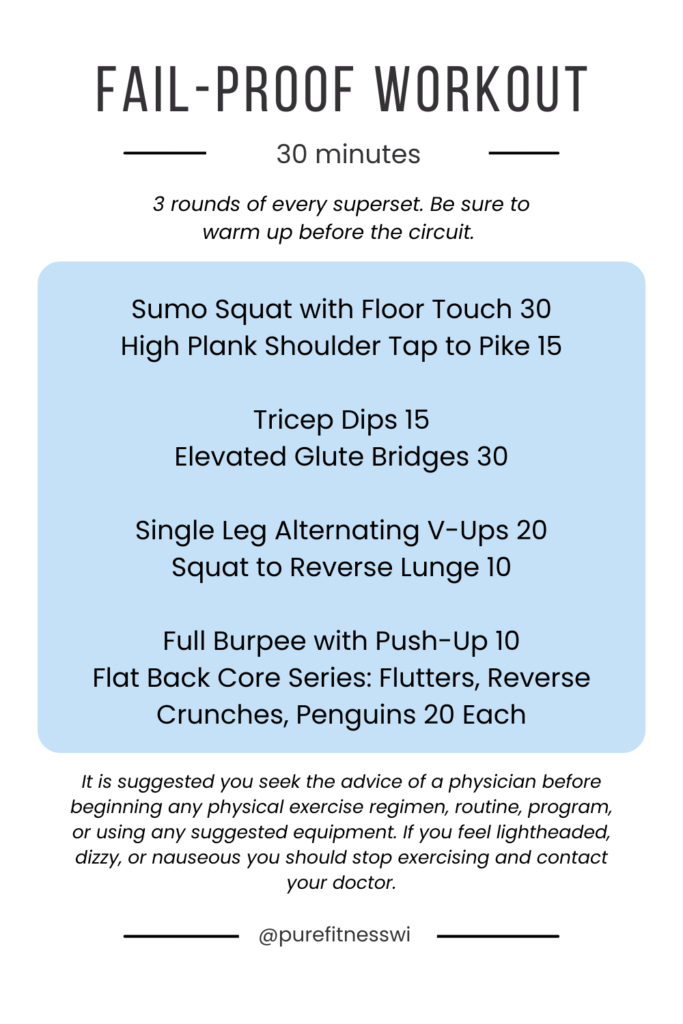
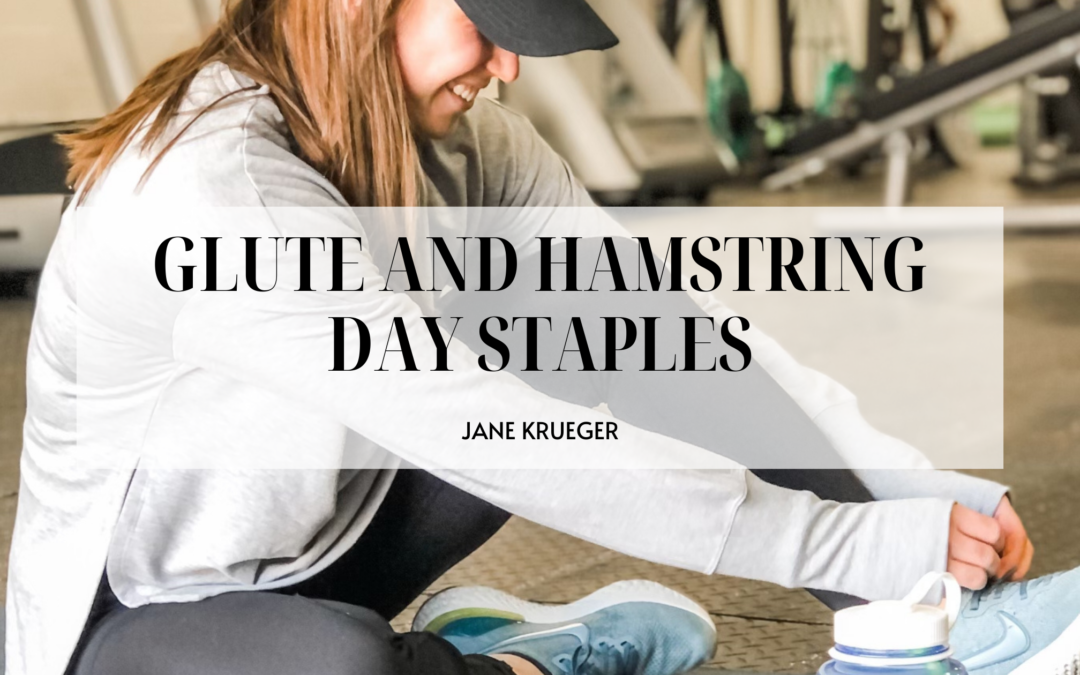
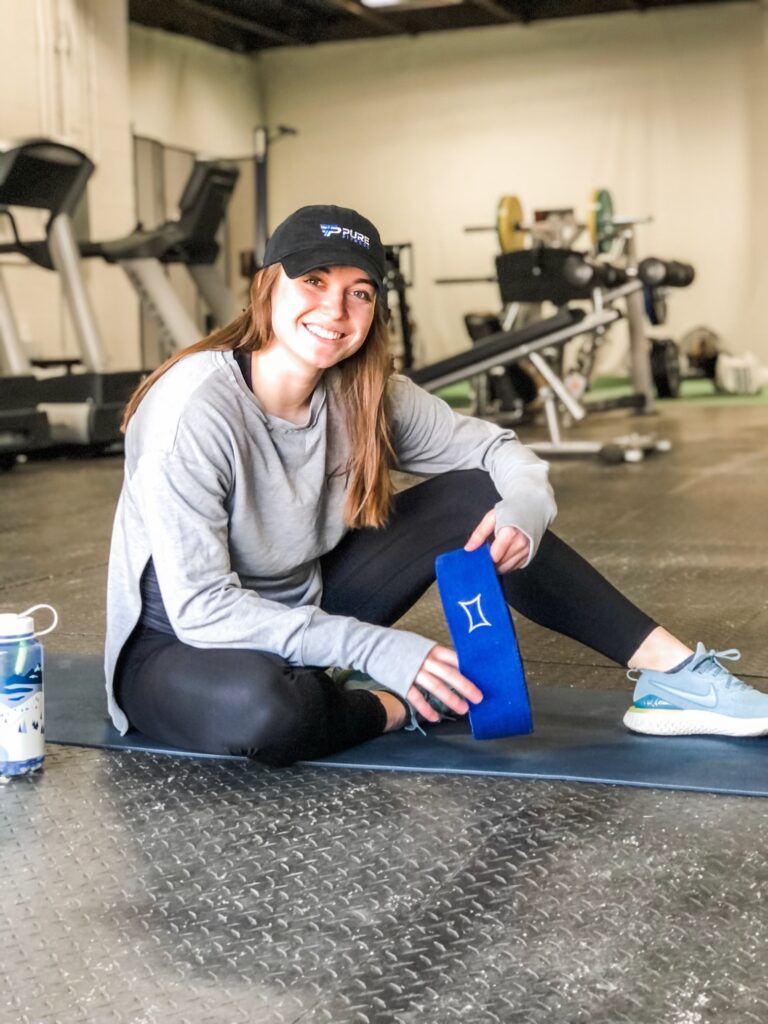
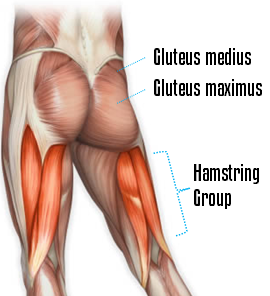 I run into a lot of clients who have difficulty activating their glutes which can lead to muscular imbalances (due to compensation) and tightness. Establishing a program that focuses on proper glute engagement, stability and then strength will allow you to achieve more. From allowing you to lift more weight, to running faster or longer, to daily tasks like cleaning and gardening.
I run into a lot of clients who have difficulty activating their glutes which can lead to muscular imbalances (due to compensation) and tightness. Establishing a program that focuses on proper glute engagement, stability and then strength will allow you to achieve more. From allowing you to lift more weight, to running faster or longer, to daily tasks like cleaning and gardening.